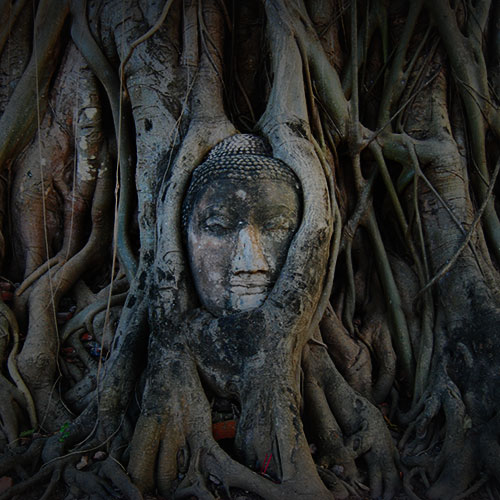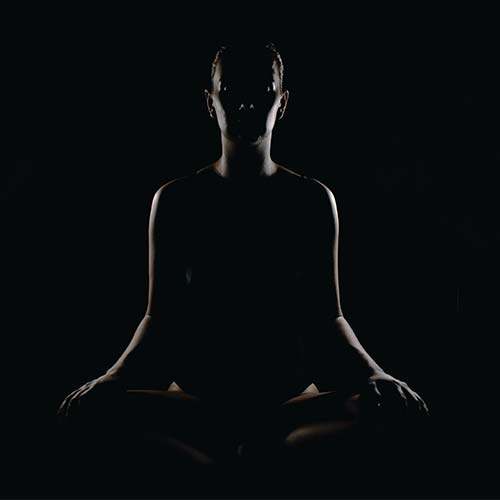Tantrik exploration
Is there a solution to stop the suffering?
The question of good and evil, of the cause why we suffer, is always relevant and present in all cultures and philosophies. Although it has been explored so many times, most people feel, more or less consciously, the effects of (emotional) suffering almost daily. How can we better understand suffering and perhaps change our perspective to make our lives easier and more fulfilling?
This is an attempt from the Tantric worldview to give the mind an explanation to become more empowered and better able to deal with emotions that we generally ( rashly ) label as suffering or negative.
Further, much of the actual physical suffering, such as physical pain and illness is also often linked through or with psychological suffering (in psychology this is called psychosomatics). This can be either through a situation we have maneuvered ourselves into, perhaps over a long period of time. Chronic pain can arise, or even acute pain, such as a braking a leg, because we are totally angry and carelessly rush down a staircase during an argument and then stumble. On the other hand, pain can be inflicted from the outside by other people who use violence. Often this execution of control and in the extreme violence has a psychological origin that is catalyzed in this way by the person. This can happen on a small scale, as well as on a political or societal level. Therefore, it is worthwhile to trace the suffering.
First, I would like to take a look at the fact that we interpret suffering as such for the time being. Without this as a mental construct, suffering might still have the same physical effect, but be classified differently by us. However, we usually can't throw our deep beliefs overboard so easily, if we even recognize them at all. This deep root goes back to our concept of good and evil and what kind of reality we believe in.
There is no evil
In the Tantric texts, the existence of evil is denied from the start. Good and evil are concepts that exist only as thought constructs and we mistake them as reality. In essence, we are always striving for happiness and freedom - and things, people, institutions, or behaviors that we believe support this striving, we label as good. Evil is something that we, or others in our view, hold less of that aspiration. What we are doing with this process is creating our very own reality of good and evil, which is not related to "reality as it is". It is merely the best way we can imagine to bring a little more harmony and less suffering into our lives.
Tantra says, depending on how strongly we label good/positive and evil/negative, that this is the degree of our ignorance regarding the true nature of reality.
What is ignorance?
The one who is separated from his true nature of self is not able to see the reason and inner core of essence of things, which according to Tantra is pure joy and love. Instead, the person will try to compensate for the inner separateness with actions that others perceive primarily as painful (and thus often reflected back on oneself). In addition, this person will create his own worldview in such a way that joy, love and happiness must be acquired from the outside. And often these people also feel disconnected from other people and so are more likely to get into a fight for love or happiness (or what is associated with it nowadays, e.g. wealth, power or prestige) in their very own way. Those who do not find a connection to other people or living things, try with all means to compensate for this missing connection. Moralizing and calling this behavior evil does not help either the one who says it nor the one who is called evil. It takes away the chance of both to come closer. On the contrary, the act of compassion would provide the opportunity to initiate a change in one's own inner being or in the understanding of the other.
To correct this feeling of inner disconnection of the deepest needs (for love and joy, which can also be seen as acceptance and attention) and a misaligned view of reality, can only be a personal experience that fulfills these needs better than the old patterns of behavior.
Since each of us is always building our own reality according to how we imagine good and evil, suffering and happiness, how could we call someone "evil" when they are trying to do exactly the same thing as we do - trying to find the best way to balance the inner disequilibrium. Of course, there are differences in how good the strategies are to fill one's own unfulfillment from the outside, but that does not change the fact itself.

How yoga approches suffering
A sustainable and simple method in yoga is to awaken the connection to one's inner nature. This can happen simply through gratitude and compassion towards oneself and others. The will to discover oneself and to accept life as it is.
Tantra teaches that all beings are Shiva. Shiva represents consciousness, but also has the direct translation of blessing. In Tantra, everything that is is sacred, it is all divine. Thus, there is also no separation between the one who creates reality and the one who is or experiences it. Moreover, Tantra describes that all possibilities are allowed to exist without limitations. This implies, of course, that even things such as we interpret as suffering are allowed to be and at the same time are of a divine nature.
But if we are the creators of our reality, why do we allow suffering to exist?
Suffering is an invitation to lovingly embrace ourself
Once we realize that suffering, emotions and pain are impulses we create for ourselves to move closer to our true nature, to realign ourselves with who we are, then we understand that this is a mechanism of self-regulation. Because consciousness learns about itself best when it expresses itself. And when we separate ourselves from our essence nature, it will express that ( in suffering). Over and over again, until ignorance turns into wisdom.
So we can see suffering as a self-calibration that, like grabbing onto a stove top that's too hot, makes our hand automatically pull back to maintain our natural living balance. It is like a warning system of the universe against misalignment. Therefore, it is not a matter of wanting these sensations and emotional pains to "go away", that would be like disowning a part of our existence, it is a matter of using them as a means to get to know ourselves more, to alert ourselves to misalignment and that invites us to lovingly embrace ourselves. Most suffering comes from thought concepts and stories that don't match reality. Seeing a pain as a blessing can completely change the experience - and spark deep gratitude. We don't necessarily have to think through or understand everything with our minds; the expression of an emotion is perfect enough in itself. Then the suffering will flow through and not be able to settle.
The Tantric texts say: "Everything is Shiva". Every experience can teach us to experience ourselves and teaches us what we are. And it can also be translated as: "Every experience can be a blessing".
Cedric is head teacher of INEA•YOGA a Yoga School in Corfu, Greece. Check us out to find trainings, retreats and online videos.
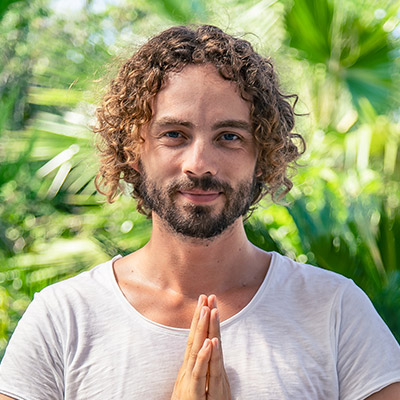
Cedric Stein
Head Teacher INEA • YOGA
My mission is to create a safe space for you to connect to your inner being. By following your breath, being in the present moment and noticing yourself.


 90 min
90 min

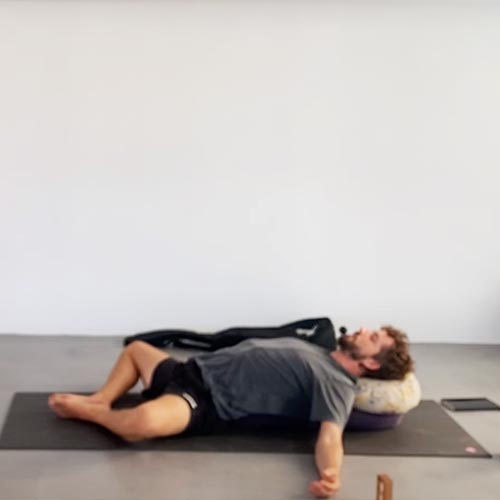






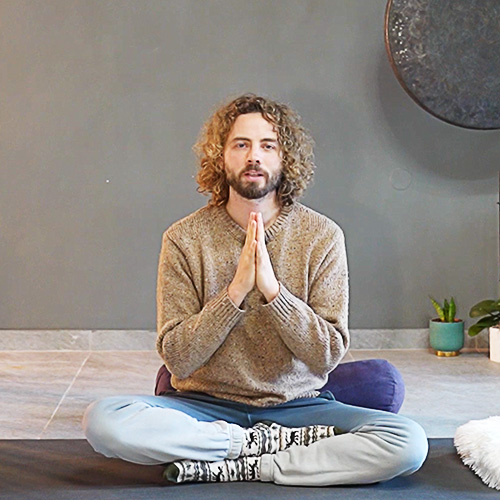



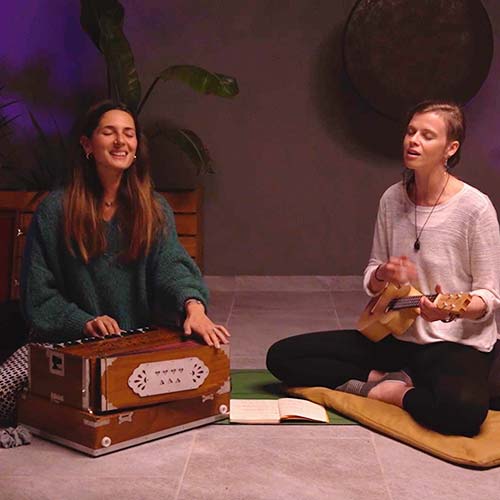





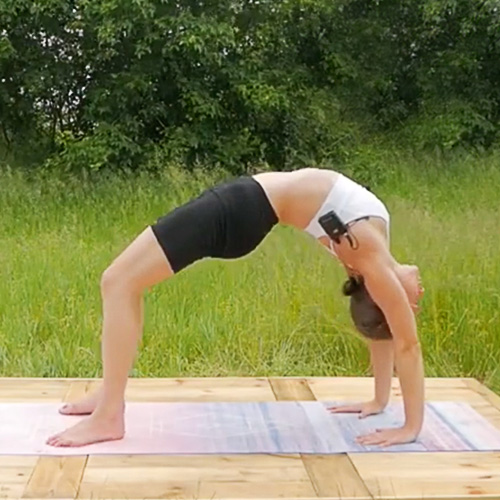



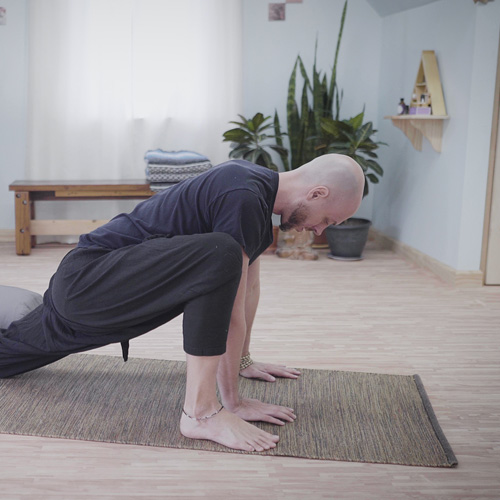
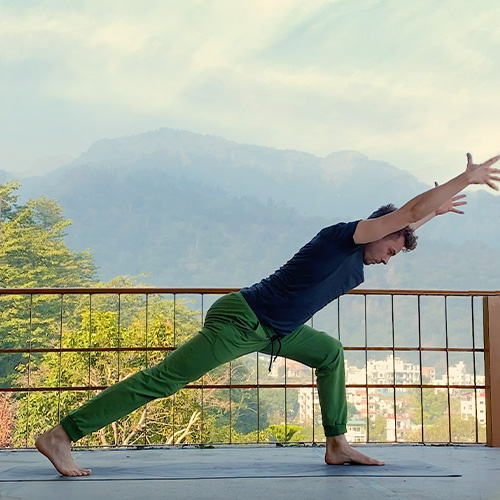
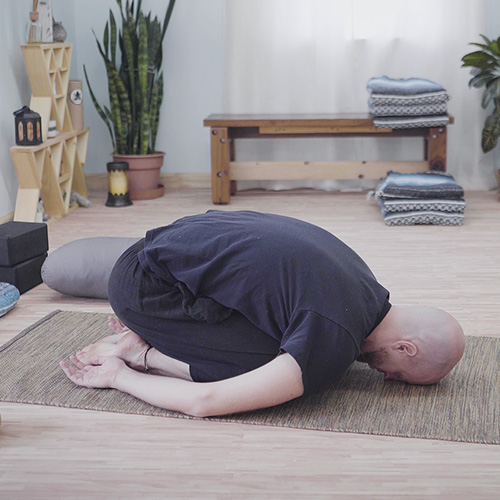






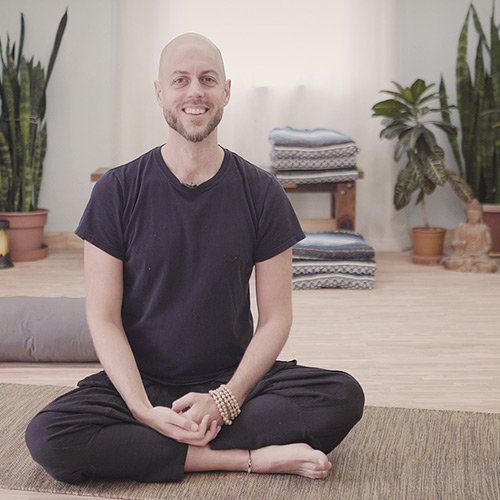



 read more
read more